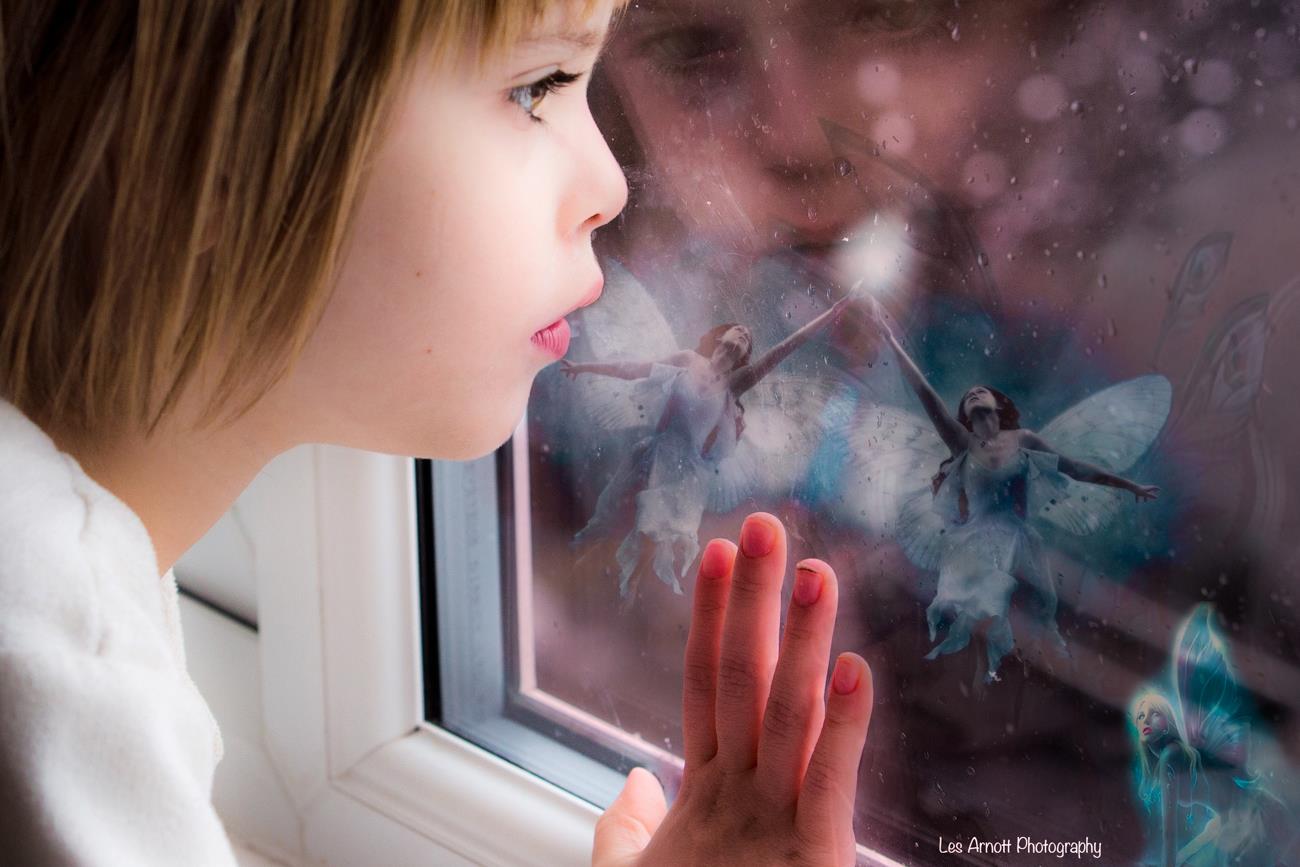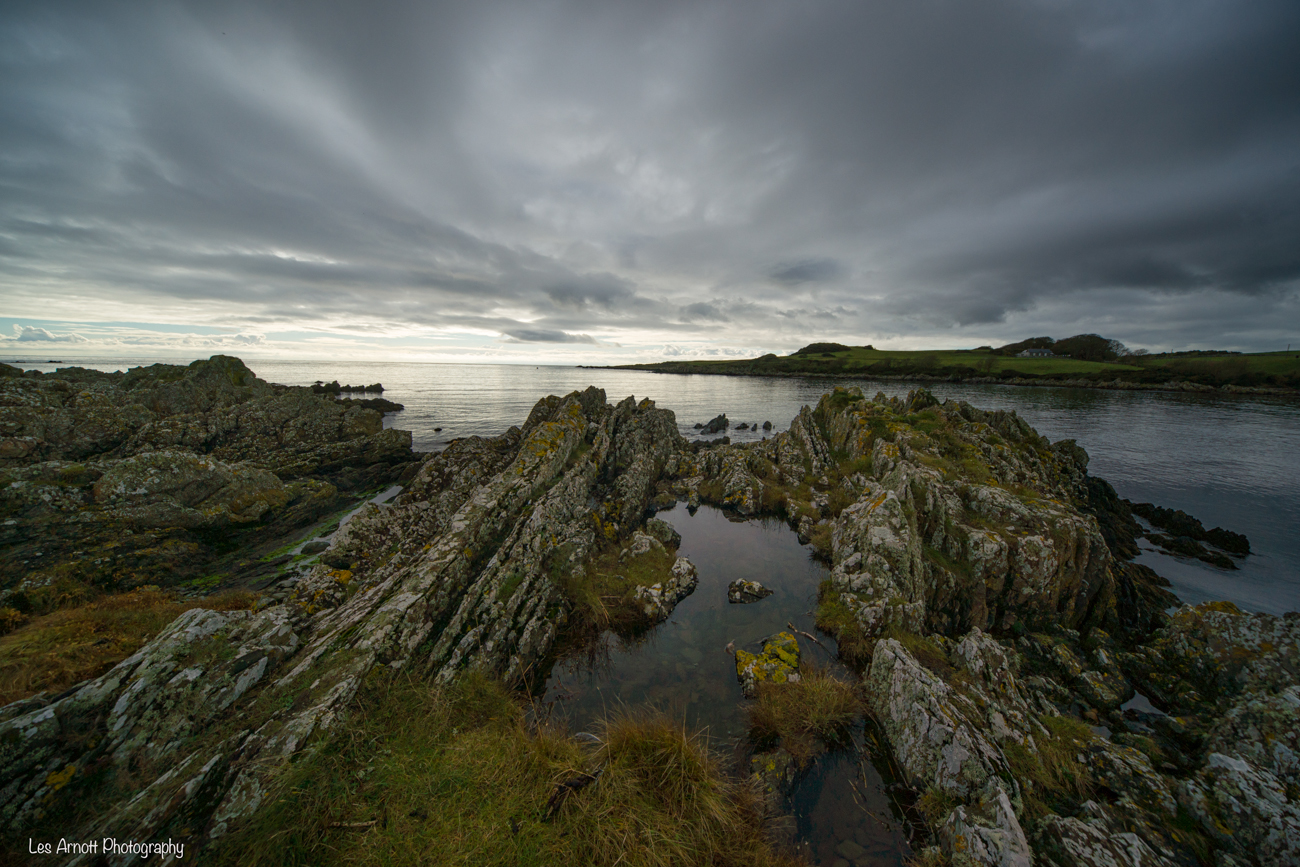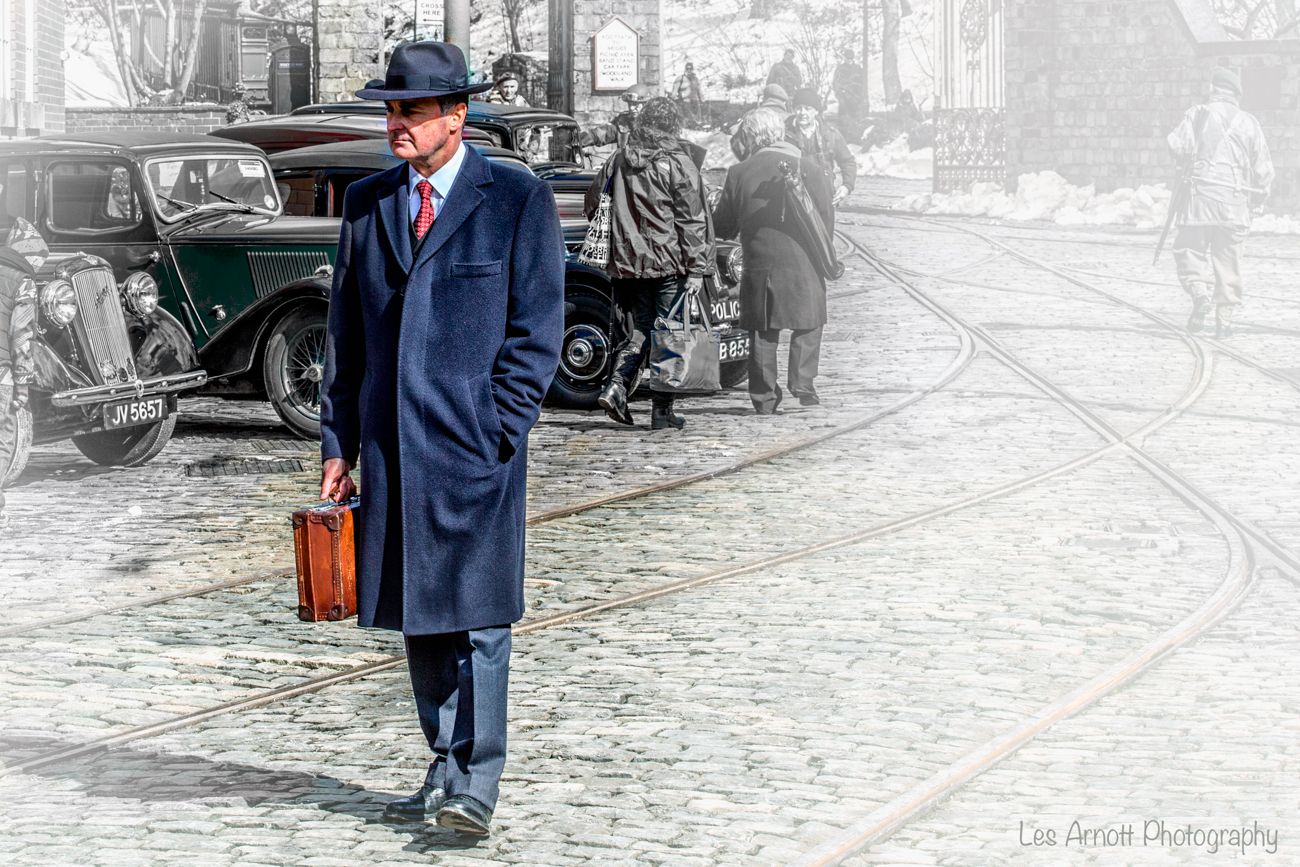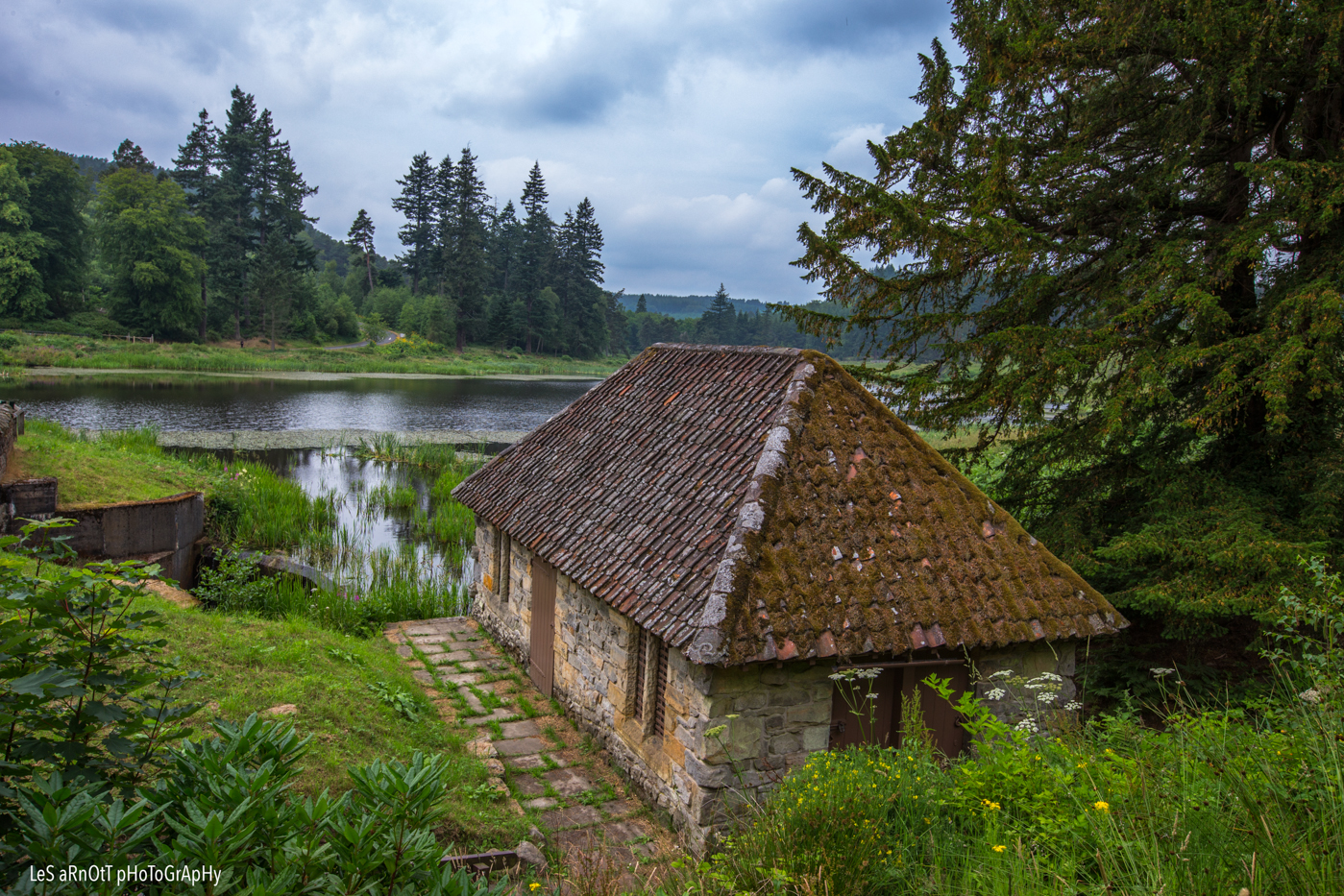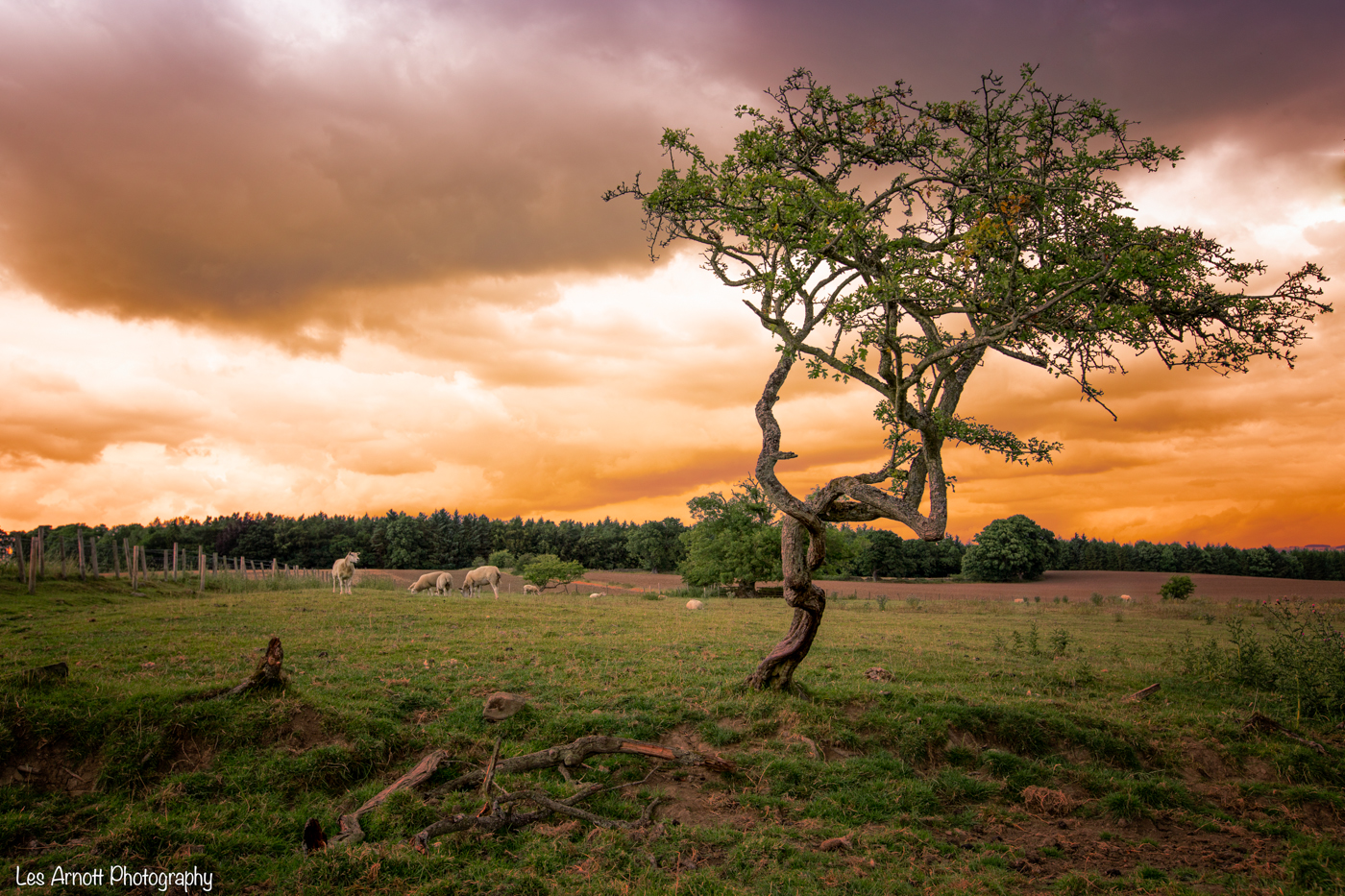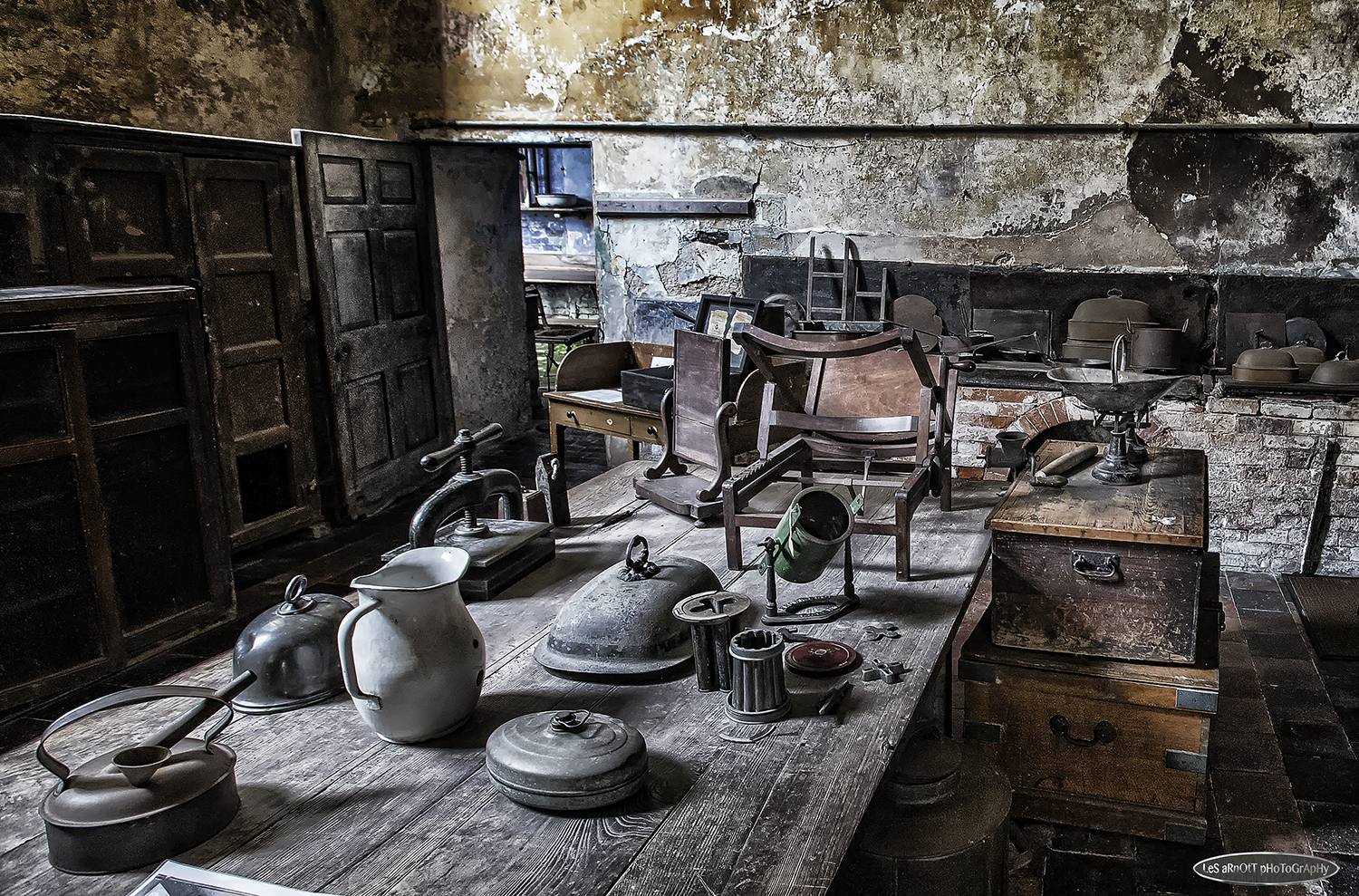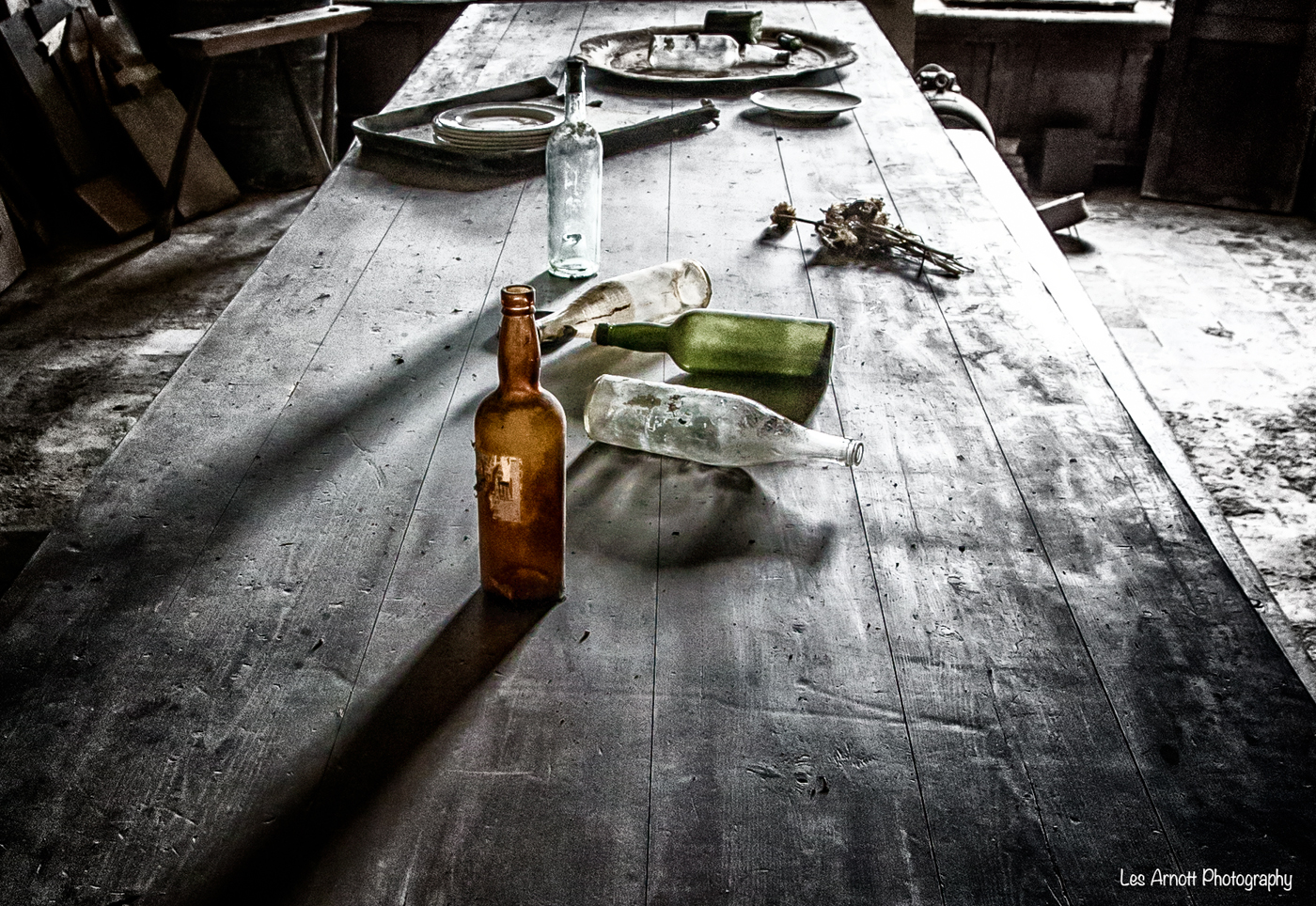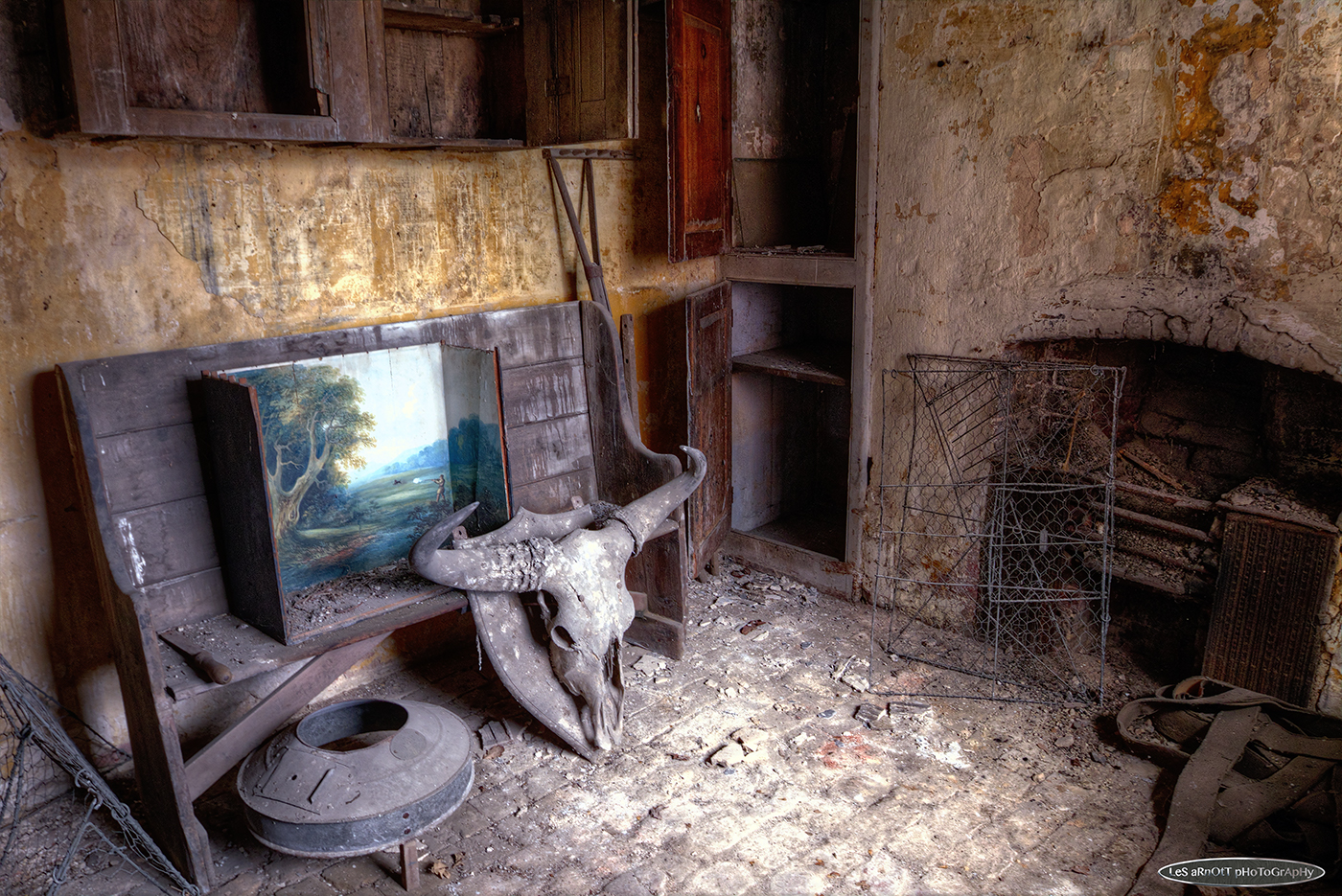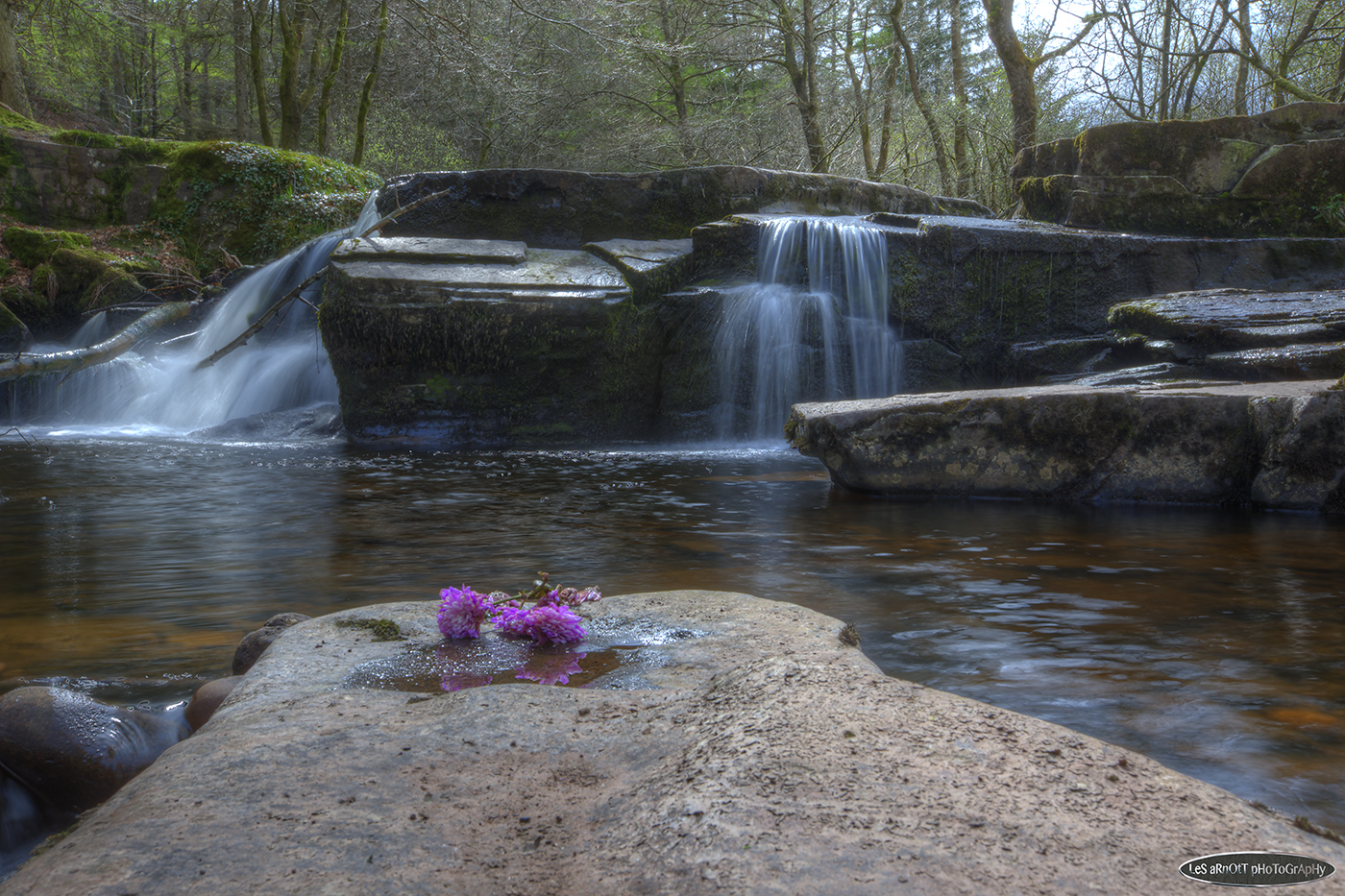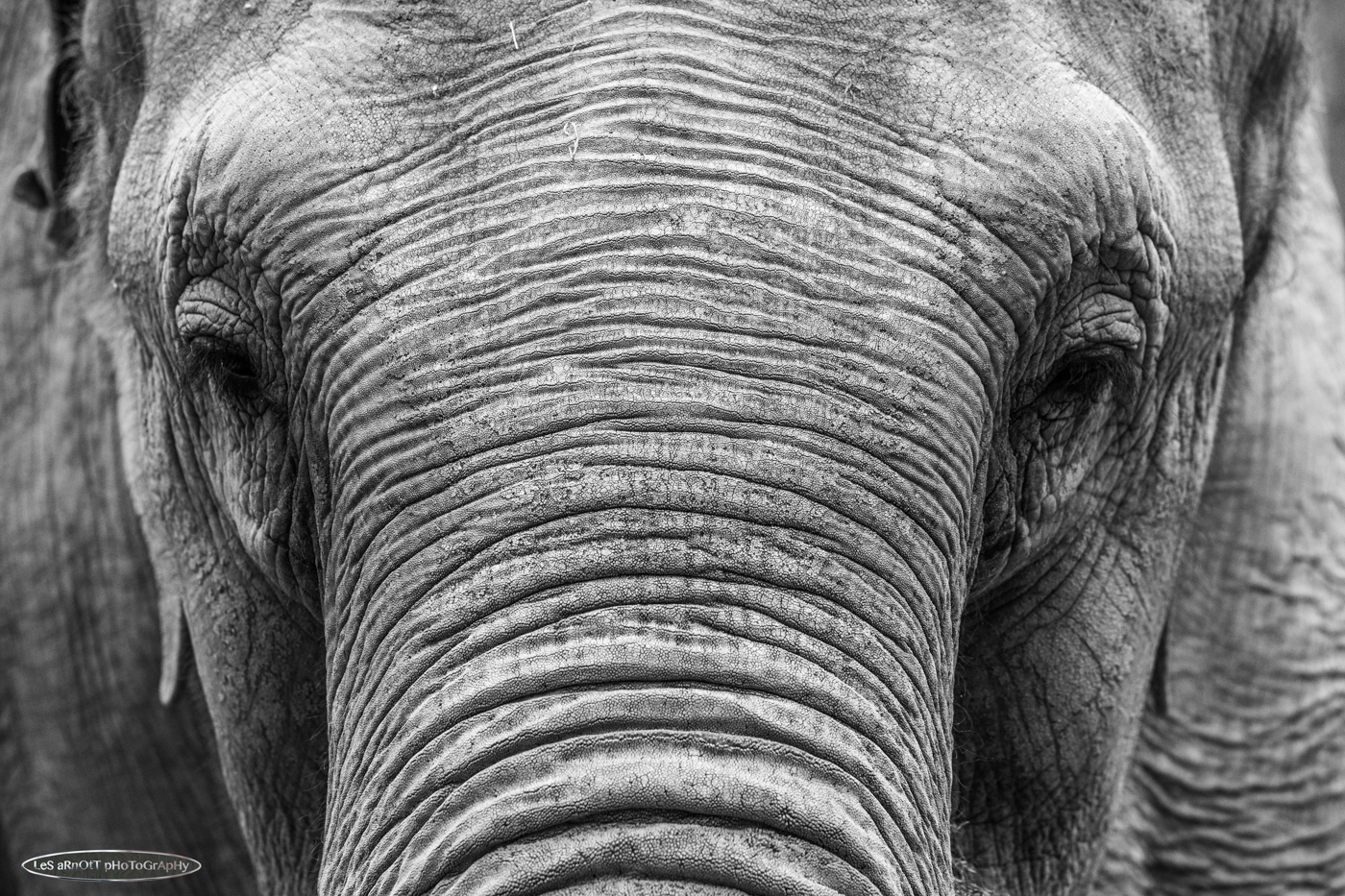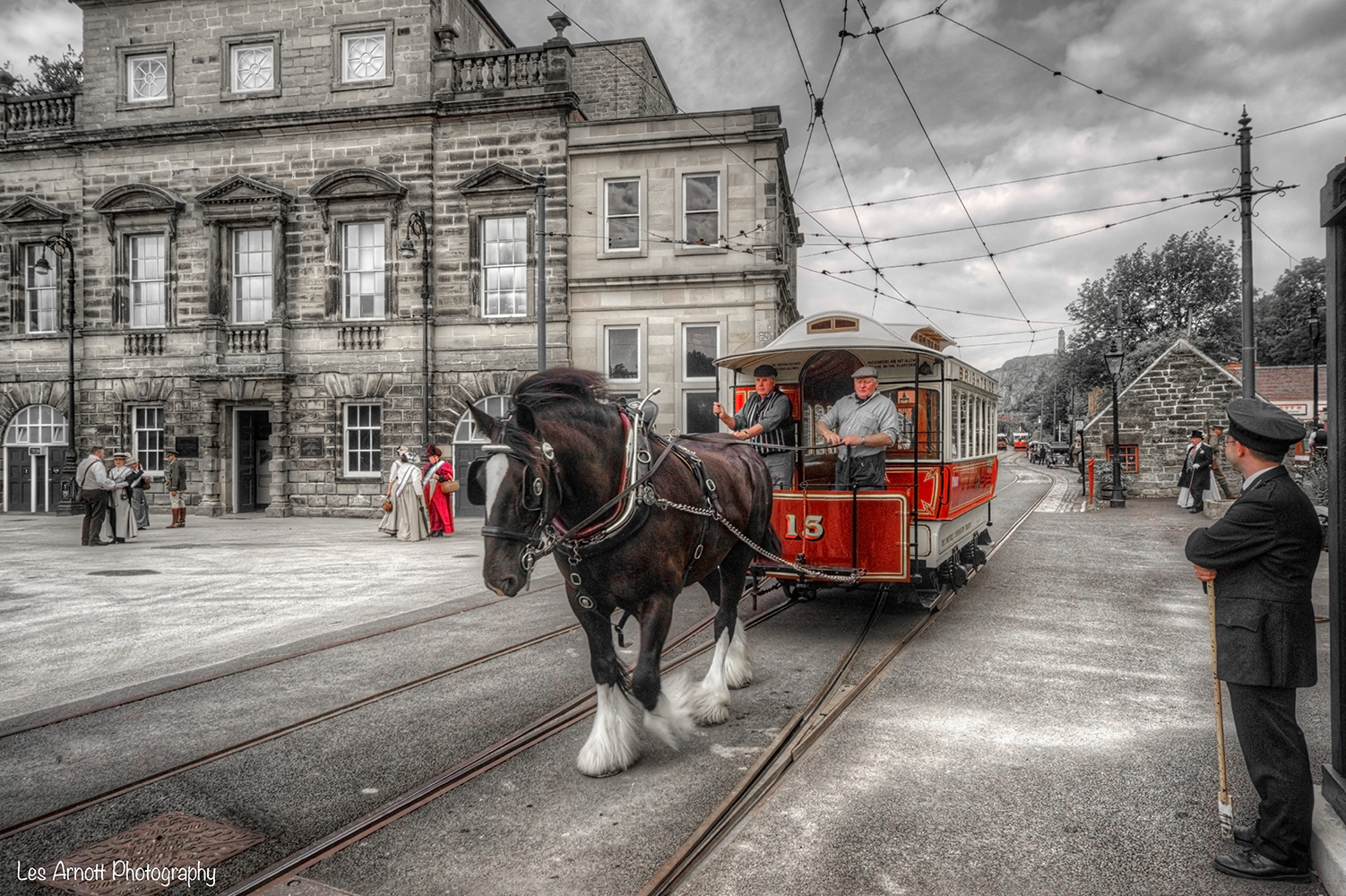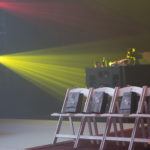Les Arnott | Photographer & Wizard
I can’t really remember when and why I met Les Arnott but one thing for sure is his work has become a major part of my Facebook news feed.
Well, I do agree that my news feed is not the most interesting place to hang around but like the saying, one image is worth a thousand words, I can not but stop scrolling in front of each of Les’ images.
Having known Les through Facebook, I started following him at a very early stage.
You may have heard of the saying:
“Creating something extraordinary our of ordinary things”
Well, I’d like to introduce to you one of those who do just that: Les Arnott.
The irony is when I was putting this article up, I saw a post on FStoppers.com about how some people’s work has improved with time and practice, Les’ work is definitely one of those and his images are those that can be seen in galleries and exhibitions.
It is great pleasure to have Les’ work added on this site, amongst those around the interweb and, we, I could not resist to ask him our regular questions.
Make sure you check out his work after this interview and check him out around the web, on a site near you.
1. Who are you?
I’m Les Arnott I live in Staffordshire, England, UK. I worked professionally as a photographer and as a tutor of photography, Adobe Photoshop and Lightroom. I’m now retired due to a severe diabetic health problem from mainstream employment. My main line of work was to produce e-learning programs for photography and photo editing. I developed a number of e-learning programs that went on to win awards from the company British Telecom for achieving outstanding retention of students on my photography courses some students remained on my ongoing courses for a period of 4 years and more ranging from students from the age of 20 to my oldest pupil who was 92!
I still do photography as a passionate hobby and still take on commissioned work if asked and able to do so but mostly I’m enjoying the break from the pressures and love the fact I can get out there and shoot the subjects I want to shoot in my own time. Being really passionate about photography that’s almost everyday in one form or other. Coming from a teaching background I tend not to specialise I love to swap and change from Nature, occasional Portrait work, Landscapes, Macro, Architecture …… especially low light interior work in old buildings with historical backgrounds. Shooting so many subjects and styles I think has improved and developed my overall skills in the subject.
2. How did you become a photographer?
My family was very passionate about photography so I had a film camera from an early age. In my early teens I was also very good at Art and used to paint and sell a lot of nature paintings, my knowledge of the camera helped me capture things to paint basically. Then I became a juvenile teenage delinquent! Hair down to my waist I played guitar in rock bands and done all the crazy stuff teenagers got into in those days. Most in the rock scene knew I was into photography so I often got asked to do some promotional work so my first real paid photography work came from shooting gigs for band posters etc. At the age of 17 I got my first SLR a Pentax ME Super which was paid for from an insurance pay out from a motorcycle accident. Pain to gain! I loved that camera it learnt me lots and I had it till my 40’s before letting go after dabbling with the new and upcoming digital age. I went through the pains of the first digital images ….. god they was bad! But at the time there was something magical about the digital age that really got me me more engrossed into my work with the camera and Photoshop. I had a darkroom I could carry around on a laptop or sit in a living room on a PC in the light!
3. What inspires you?
My biggest inspiration Constable the artist. As a child I was fascinated by the work of traditional artists and that inspires my landscape work. I’m always thinking of a painting when I look through the viewfinder. Another inspiration is not a person or subject but lenses. I’m really inspired to go out with say a 100mm prime lens and use nothing else at a location. Then go back with a 200mm say or a fish-eye, wide angle, 500mm and do the same location but see how the lens inspires me to get different shots. I get a big kick out of that …….. and an empty bank account.
4. What’s the most valuable lesson you’ve learnt either from a teacher/mentor or by the hard way?
I learnt so much from teaching photography and listening to students. I learnt that qualifications and letters after your name doesn’t always mean anything towards producing a work of art! Getting your knees dirty and getting out using a camera teaches you more than looking at a book or trying to get a degree. I’m not saying don’t do those things but let your images show your talent. All my qualifications have never actually gained me a job only experience has got me the work I have undertook apart from a teaching qualification. Let your heart and head tell you what is right once you know the basics and strive to be different is the most valuable thing I have learnt. Working to strict codes of composition and techniques will not always get you noticed but you have to believe in yourself mainly.
5. Who would be the photographer you’d like to shoot/work along with? Who would you like to shoot/work with for your next assignment?
I would love to shoot with any of the top National Geographic photographers especially those who work in nature or landscapes. I’m not bothered who, just pay for the fare and the lodgings I’m not a fussy guy! I don’t do much portrait photography at the moment although I have in the past and would love to be doing more in the future. My dream personsonality to photograph would be Keith Richards of the Rolling Stones. That face has so much detail and a story in every wrinkle.
6. What’s in your bag | camera/lens brand, computer hardware software?
My main gear comprises of a Canon 1Dx DSLR, a Canon 70D and occasionally I use a couple of Sony SLRs, a Sony a77 and a a580. I have a mass of lenses mainly L Series Canons from 16mm up to 200mm and macro lenses. A Sigma 500mm which I use mainly just for bird photography. Sigma fish-eyes for the Canon and Sony, Tamron 500mm with a Sony a mount. I use a couple of top of the range Canon flashes together with the flash commander for remote multi flash work up to 100 metres (which signals even through walls which is nice with some work). However when I go out on a shoot I usually just take 2 cameras with mounted lenses for the day with a small bag just with spare batteries, cards and my most important bit of kit my lens cleaning pen. I hate lugging gear around and I love the restriction of just a couple of lenses, you have to make them work especially if using primes they get your head into the creativity mode.
All my work software side is done in Lightroom 5 and Photoshop CC (2014). I only use macs now after using and being frustrated with the performance of PCs for many years they have been retired to the digital graveyard and replaced with macs throughout.
7. What’s your favourite piece of gear / tool / props?
It has to be my Canon 1Dx. I’ve always taught that lenses are the main feature of any camera. It’s the glass that get’s the quality not the body. I have to say I’ve had Sony (crop and full frame) and Canon bodies and they all perform much the same in most respects quality wise when teamed with good glass and shooting in RAW. However when the body does make a difference is when you have a camera that can shoot comfortably at very high ISOs with little grain. All my Sony and the Canon 70D perform OK up to 800 ISO in most respects but with the 1Dx it’s incredible the quality of the high ISO performance. When you shoot macro with a full frame camera without flash you struggle to get depth of field and a fast shutter speed always without boosting the ISO up but then you lose the quality due to grain. With the 1Dx I can shoot at 2000 ISO and higher get close up and still retain the detail. It allows me to use an aperture of F16 and much higher giving me as much more depth and still gives me the shutter speed to eliminate movement. For me that’s fantastic. I’m sure the Nikon D4 is just as good I’m not a man of brands just of quality but the 1Dx does have the extra pixels compared to the D4.
8. What would be your workflow, favourite piece of software / step by step to create a look?
A really hard question as most are working in one form of subject such as portrait photography in a professional workflow you need to be organised and have a common workflow. However I shoot so many different subjects and I often create the workflow to the photograph I’m working with. Rarely do I use the same approach on more than a few shots however some things I do adhere to is the following:
All my shots start life being transferred and stored via Adobe Lightroom 5. All RAW conversion is done in Lightroom along with any light treatment such as uncomplicated spot removal etc. I do no sharpening in Lightroom but I do however remove any grain and noise. The photo is then opened in Photoshop CC (2014) for any other more complex work and sharpening. For my bird photography and macro work I find the new updated Smart Sharpen in Photoshop invaluable to get the best from my images. For any HDR work I do using multiple images I occasionally use Photomatix Pro but Photoshops in-house HDR feature is getting used more and more and is much better for a more natural look. I use a couple of plugins on occasions mainly Color Efex Pro and the Topaz suite for the more art inspired work I do. I love digital art as much as photography and to me they go hand in hand with some of the work I do. I’m all for natural photography I love it but I also like to go full steam ahead with software if it suits the image. I treat editing photographs with software as an art form that is there to be used and I’ll basically try all types of software if the work demands it. My macro and nature work is always just RAW conversion and Photoshop sharpening as a rule.
9. Do you have any suggestions for aspiring photographers?
For the aspiring photographer I say this. When I got into photography learning was expensive. If you made a mistake you had to pay for the development of film to find out where you went wrong sometimes this hampered you experimenting. However in the digital age it costs nothing to experiment with your camera. try all the settings, learn the menus, test everything and try everything! Experiment with shutter speeds, aperture and see what these settings do to your shot. Try going through the ISO levels and try them all out, look at the results what does it do with quality, how does it help you obtain the shot you want? It costs nothing so learn the camera inside out until you can put into your head what settings will be best for what you are trying to achieve. A bit of self study of your shots, noting the settings you used and the differences they make will teach you a hell of a lot.
10. Anything else we should know about you? (promo, workshop, books, publications, charity involvement..)
Most of my work I produce can be seen on my Facebook account which I primarily use just for that purpose. I love the interaction of the media network for my work to be viewed and I run and take part in a few Facebook photography groups also. My personal photography website can be seen at http://www.lesarnott.co.uk/gallery/
Click on the images to enlarge (ATTN: Massive size)
After talking to Les, I could not resist to .. Google him.
Truth to be said, Less is all over the place and very active in various creative sites:
– 500px
– Youtube (check out his video AND his music)
You can find more about Les on his Facebook account (Les, you should create a Facebook page for this purpose :o)
PS: Did you know that aside from being a great photographer, Les is also a talented musician..?
Damn. Is there anything you can’t do, Les?
Check out Les’ music here: http://fandalism.com/lesarnott
As a bonus, a video by Les combining his photography work and his music.
If like Les, you are a creative and would like to share your work to the world, get in touch. Shoot us an email to Hello (at) afterRAW.com
Sharing is caring. Share this post with your friends if you like it.











